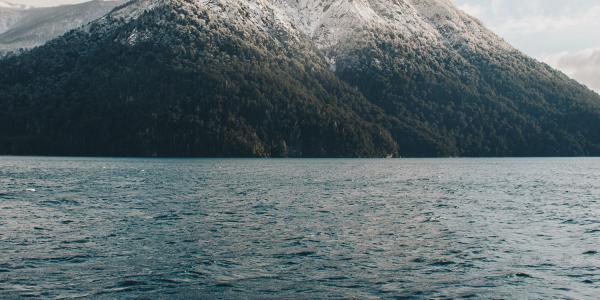Ancient lakes and lithium: connecting past warm-wet states to an emerging natural resource
The presence or absence of lakes in terminal basins provide an unequivocal measure of wetness. In this talk I will show that wetter conditions during both colder- and warmer-than-present periods in the past are recorded in shoreline and outcrop data from the latest Pleistocene and the middle-Pliocene. Using hydrologic scaling relationships, I demonstrate that: 1) Pleistocene lakes during glacial maxima in the northern Great Basin do not require substantial precipitation increases to explain many lake shoreline extents; and 2) middle-Pliocene and early Pleistocene lakes would have required up to a doubling of precipitation in the southwest. These inferences provide quantitative targets for assessing the performance of climate model simulations of the terrestrial water cycle. In the second half of this talk I will show ongoing work associated with our hydroclimate work linking lithium accumulation in a lacustrine basin to past climate via changes in evapoconcentration and water balance. Specifically, I will show results from industry cores in Clayton Valley, Nevada and outcrop and core based studies from a variety of basins in the southern Great Basin and Mojave Desert region.
Hosts: Bronwen Konecky and Jeff Catalano
Register to attend via Zoom
